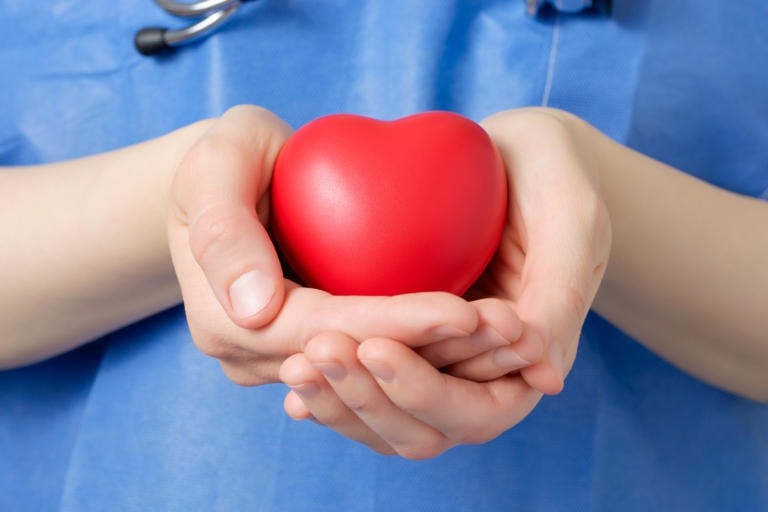(MyJewishLearning) — Ancient Judaism acclaimed God as source of health and illness, with sickness a divine-mandated punishment for individual and communal sins.
In the Bible, God is viewed as responsible for all healing, and the magical healing practices of the surrounding nations were associated with idolatry. Over time the physician was increasingly accepted as a healer who worked in partnership with God, although elements of folk healing always existed alongside.
The Hebrew prophets understood “healing” to be both physical and spiritual. Some spoke of individuals being healed through a return to God, mediated by those who understood the connection between healing and God — the priests and prophets. They would invoke God’s help through sacrifice, prayer, repentance, and fasting as well as priestly purification rituals.
Traditional scholarship contrasted these biblical healing practices with the pagan exorcism practices of local cultures whose goal was to combat evil powers through spells or incantations. Recent scholarship, however, contends that Israelite communities influenced by Egyptian, Midianite, or Roman cultures used local healing practices, including magical spells, incantation, and exorcism.
A Long Transition From Magical to Scientific Healing
Although rabbinic texts record some stories of magical healers, the rabbis generally downplayed their role because they represented a challenge to rabbinic authority. The rabbis did not make the kinds of distinctions we do today between magical and nonmagical practices; although they denounced magic, they sometimes sanctioned the use of charms and incantations.
The association of magical healing practices with idolatry and the injunctions against contact with blood and corpses limited the development of the medical profession. Only with the influence of Hellenistic views on “scientific” medicine was there an increasing acceptance of physicians as healers; the Talmud, for example, actually prohibited Jews from living in a city without a physician. The rabbis also maintained that God himself authorized and, in fact, required medicine and healing.
The medieval law codes continued to accept folk healing remedies, but also stated explicitly that the Torah mandates the physician to heal both Jews and non-Jews. However, commentators also emphasized the connection between health and following the commandments.
Even as the attitude towards physicians became more positive, God was still considered the primary healer, and prayers for healing became part of Jewish daily liturgy, recited three times a day. Also, special Misheberakh prayers were recited during the Sabbath Torah service seeking healing for ill persons not present.
Despite the general trend away from folk healing traditions, mystics practiced them until the modern period. The 18th-century Hasidim, who were inheritors of the mystic tradition, saw illness as a punishment for not following the commandments; they believed that healing was a consequence of putting one’s relationship to God back in balance — by praying, reading psalms, fasting, and giving charity.
Americans Support Modern Science, But “Healing” Makes a Return
Although folk healing practices like using protective amulets and making pilgrimages to the tombs of healing saints were common among Jews in North Africa, Asia, Eastern Europe, and Israel, these did not survive in the United States, except among small groups of Hasidim.
For the most part, American Jews have put their faith in modern medical practitioners. Beginning with the 1980s, however, a new non-hierarchical, grass-roots format for healing has emerged in the United States alongside modern medicine that focuses on spiritual “healing”; “curing” is left in the hands of physicians. This contemporary healing movement comprises special healing services and rituals in synagogues or in small groups; private healing by individuals; and ritual and social services for the elderly and chronically ill. The salient characteristics of this new movement are its communal context and egalitarian format.
A Jewish healing service uses Jewish sources to provide support for a person who is psychologically or physically unwell. Using meditation, prayer, music, singing, guided visualizations, Jewish texts, and physical contact, these services help attendees to develop strength; courage; a positive, non-sick identity; a sense of meaning; and a sense of belonging.





